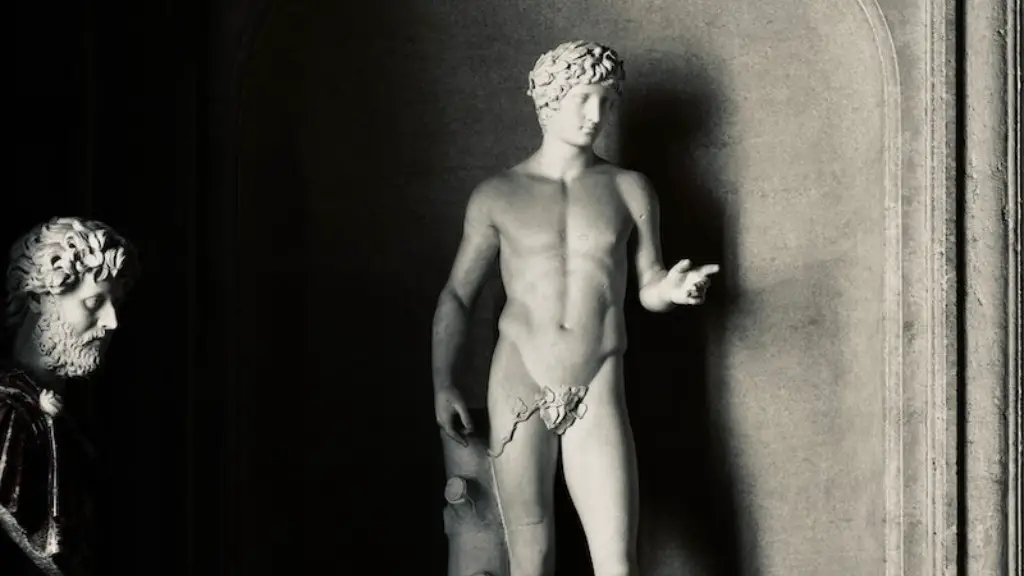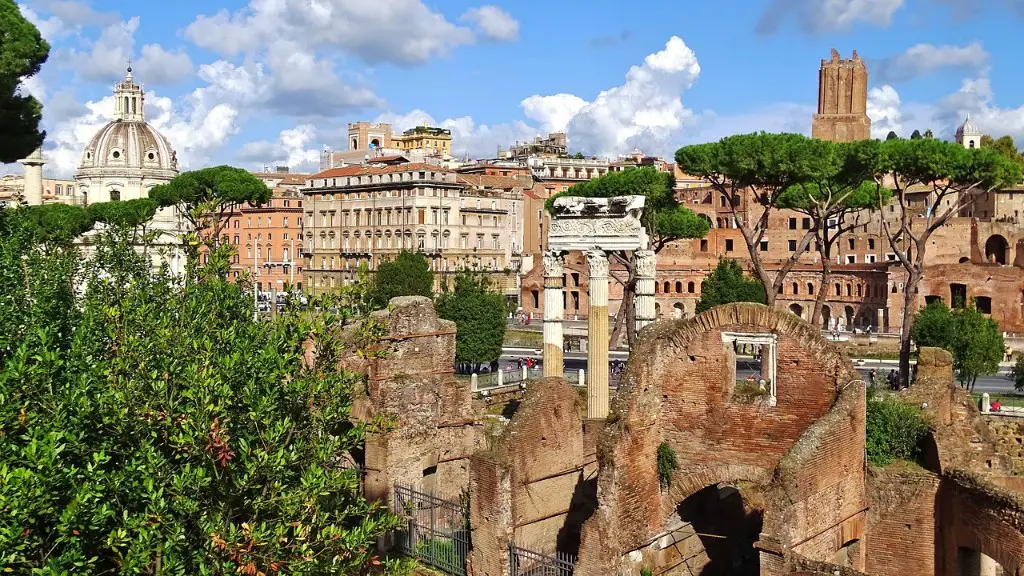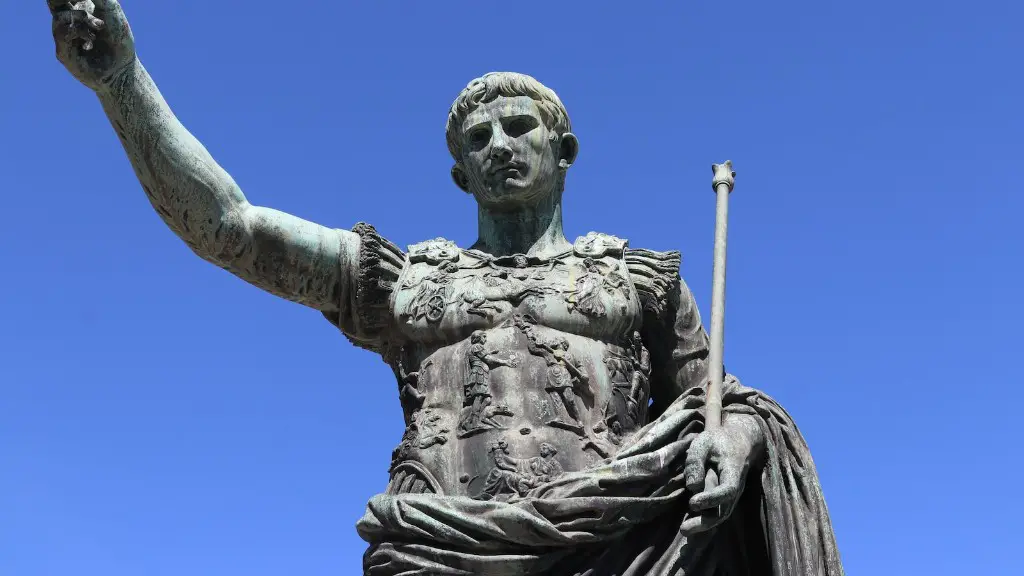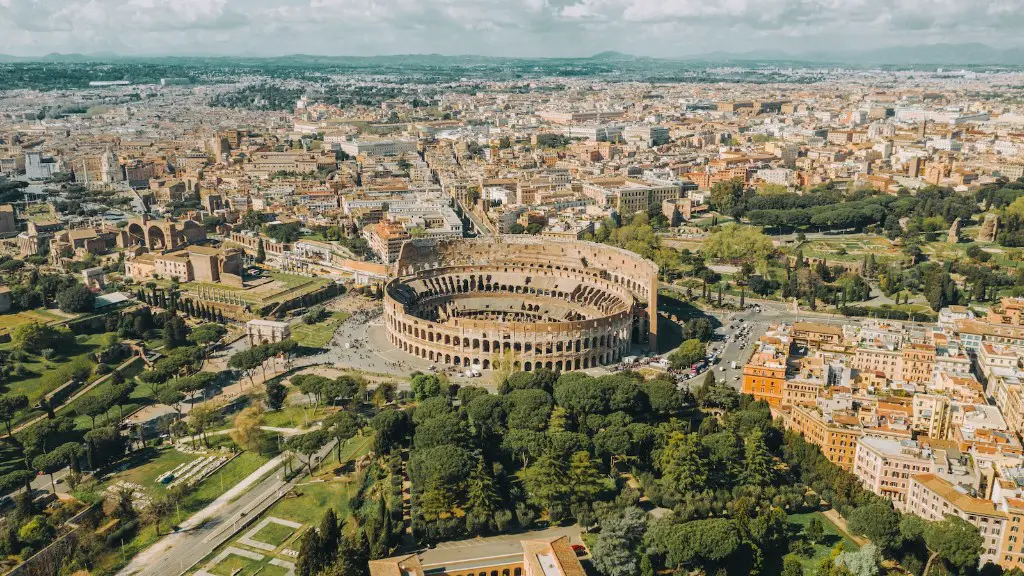The history of gladiators in Ancient Rome is filled with intrigue and fascination. Though we know little of the day-to-day lives of these extraordinary athletes and performers, what we do know paints a vivid picture of a unique world within the bustling metropolis that was the Roman Empire. Gladiators were fighters and entertainers known for engaging in brutal combat for the entertainment of Roman spectators, though their lives were about much more than just bloodshed.
The term ‘gladiator’ comes from the Latin word for ‘swordsman’, and reflects the dangerous and deadly nature of their professions. Gladiators were typically recruited from slaves or prisoners of war and were compelled to fight. However, gladiators were revered in Ancient Rome, and some of them even achieved celebrity status.
Life for a gladiator often began with a period of training, which would be conducted by an experienced gladiator known as a ‘lanista’. During this period, the gladiator would learn a variety of weapons, battle tactics, and acrobatic skills. Gladiators were expected to be in peak physical condition so they could endure the rigors of combat. They were also expected to be mentally tough, and their training included lessons on how to maintain a stoic attitude under pressure and how to control fear and other emotions in battle.
Gladiators were highly competitive and sought fame, recognition, and even fortune. Some were freed after winning certain battles, though most were expected to fight until death. They were highly skilled warriors, and during battle could be armed with swords, spears, nets, and shields. Gladiators also usually wore armor and helmets, though these were often stripped off during combat to make battles more entertaining for the crowd.
Gladiators typically fought in the morning, often in front of hundreds or thousands of people. The fights were usually bloody and could, at times, be fatal for one or both of the combatants. If a gladiator was defeated during battle, the decision of whether or not to spare his life was ultimately up to the crowd.
Life after battle could be just as challenging for a gladiator as life in battle. Though some gladiators were freed after winning, many were expected to remain in servitude and were often used as slaves. They had to endure hard labor, and were rarely accorded the status and respect they deserved. In some cases, they were even forced to fight animals such as lions and bears.
Despite the difficulties they endured, gladiators played an important role in the development of Ancient Rome. They were symbols of strength, courage, and power and represented the ultimate in human achievement and resilience.
Gladiator pay and Reward
Gladiators were often well paid for their services. They usually received a stipend from their lanista, which was often supplemented by gifts from admirers and spectators. Gladiators could also become wealthy from the prize money that was awarded to victorious fighters.
The most successful gladiators could win gifts from the emperor or even be granted freedom. These awards were seen as prestigious and were greatly coveted. Such was the fame and recognition of some gladiators that they became household names, and were even immortalized on coins and sculptures.
In addition to financial rewards, successful gladiators were often also granted special privileges. These could include luxurious lodgings, exemption from taxes, and special seating at the Colosseum. Gladiators were also the recipients of ‘thumbs up’ signs from the emperor and audience, a gesture that showed respect and admiration.
Some gladiators were also granted fame beyond the arena, with some fighters becoming celebrities due to their achievements. These gladiators were often seen as symbols of courage and bravery, and their feats were celebrated in poems and stories. This further emphasized their importance in Roman society.
After Life for Gladiators
Gladiators played an important role in Roman society, and though their lives were often short and brutal, their names and stories have endured for centuries. Today, gladiators can still be admired for their courage, strength, skill, and endurance.
Though few of these brave warriors survived long enough to tell their stories, those who did have left us with invaluable insight into the lives of gladiators. Through stories, artifacts, and other evidence, we can still gain knowledge of what life was like for a gladiator in Ancient Rome.
Gladiator Culture
Gladiators lived by a distinct and complex code of honor and ethics. Amid the brutality of the arena, there existed a bond of mutual respect between fighters. Gladiators even often sought each other’s advice to help prepare for upcoming fights.
Gladiators also had their own distinct culture and traditions. They often drank heavily before fights to build courage, shared meals and wine in the barracks, and celebrated their victories afterwards. This sense of camaraderie was an important part of life in the Colosseum.
Though the gladiatorial games are no longer around, the legacy of these warriors lives on in popular culture. Through movies, books, and TV shows, we can still experience a slice of what life was like for a gladiator in Ancient Rome.
Notable Gladiators
Roman society revered several famous gladiators, and their stories have endured the test of time. One of the most well-known was the slave-turned-gladiator Spartacus, whose story of rebellion and courage inspired generations.
Another famous gladiator was Herminius, who became legendary for his bravery during battle. He famously refused to surrender and even fought with his shattered shield after it was broken in combat. In recognition of his courage and fortitude, Herminius was awarded a rare and prestigious honor by the emperor.
Other memorable gladiators include Priscus and Verus, who fought each other in an epic battle that resulted in a draw, and ‘the retiarius’ Pollux, who single-handedly defeated several opponents.
Current Gladiatorial Games
Though the brutal fighting associated with gladiators has largely vanished, there are still some forms of competitive combat that draw inspiration from these ancient battles. One such example is mixed martial arts, in which competitors possess a combination of martial arts skills, speed, agility, and tenacity.
Other modern-day gladiators include professional wrestlers, boxers, and bullfighters. These performers are admired for their skill and spectacle, and draw large crowds of dedicated fans.
Though gladiators have faded from the pages of history, their stories and achievements still fascinate and inspire us. Their dedication and courage will continue to capture our imaginations for centuries to come.
The Impact of Gladiator past
The legacy of gladiators still lives on, and their stories and feats have become an important part of popular culture. Gladiatorial combat has been featured in many movies, TV shows, and books, and their influence can still be felt today.
The spirit and prowess of these warriors is also reflected in modern-day sports and athletes. Some Mixed Martial Arts (MMA) competitions, for example, feature treacherous battles in which fighters put their skill, courage, and strength to the test. This can be seen as a form of modern-day gladiatorial combat.
Though the spectacle of gladiatorial combat is no longer a part of our culture, it has left an indelible mark. The legacy of gladiators continues to captivate and inspire us, and their lives and stories will live on for generations to come.
Gladiatorial Influence on Modern Fighting
Gladiatorial combat may have been outlawed centuries ago, but its influence can still be seen in many forms of modern fighting. Boxing, for example, bears many similarities to ancient gladiatorial combat, with the two participants facing off in a ring surrounded by cheering spectators.
Mixed Martial Arts (MMA) has also drawn inspiration from gladiatorial combat, with fighters blending various martial arts techniques and grappling moves to gain an advantage in the ring. This is similar to the way gladiators combined weapons, battle tactics, and acrobatic skills to gain an edge in the arena.
Gladiatorial combat may have had an irrevocable influence on modern combat sports, but it has also had a positive influence beyond the world of athletics. The courage and determination of these warriors has been immortalized in books and movies, and has inspired generations to achieve greatness.
Conclusion
Gladiators were some of the most remarkable athletes and warriors in history, and their stories still captivate us today. Though their lives were often short and brutal, their courage, strength, and skill have been etched into the pages of history. Through artifacts, stories, and other evidence, we can still gain knowledge of what life was like for a gladiator in Ancient Rome.
From their influence on modern fighting to their presence in popular culture, gladiators have left a lasting mark on the world. Though the brutal spectacle of their fights is no more, their spirit and legacy will continue to inspire us for centuries to come.





